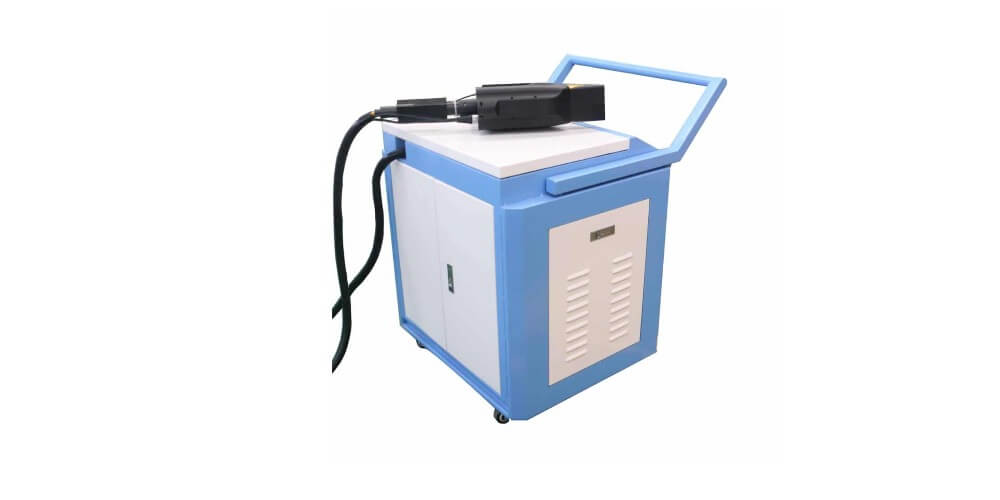The protection of employees at work is among the core goals of every business. Therefore, laser cleaning safety is an essential requirement that company employees should follow when using laser cleaning machines. The federal government, unions, and employees follow the same laser safety guidelines as the Occupational Safety and Health Administration (OSHA).
To strictly follow the required laser cleaning safety guidelines, employees must undergo training on the best practices to help them remain safe at work. Furthermore, there should be proper implementation of the safety guidelines by the right people. Most importantly, laser cleaning is considered the safest way to clean non-metal and metal appliances.
How does a laser cleaning machine work?
Laser cleaning operates by shooting high-energy light beams at a rusted surface. It is used to remove contaminants such as rust from metal surfaces. Laser cleaning is commonly used to transform the appearance of metals into their original look.
The laser shoots rays of infrared light onto a metal surface. As the rays of light hit the metal surface, they look like small explosions depending on the surface. Rust and other contaminants absorb the energy from the cleaners quickly and become hot.
The cleaner vacuums away the particles from the metal surface after turning them into dust and gas. The bottom layer maintains a cool temperature which makes the item being cleaned remain untouched. You may compare the process to the removal of a layer of paint while keeping the based coat.
What are the risks of laser cleaning?
Although considered among the safest ways to clean metals and non-metals, laser cleaning has various risks if you are not careful while operating the laser cleaner. Some of the risks include
- Lack of protective clothing and equipment
- Direct contact with skin or body
- Unregulated environment
- Lack of signages during laser cleaning
- Failure to put correct air filtration and
- Any other thing conducted with the unintended reason
It is essential to change the laser cleaner settings when handling metals and non-metals. It would be best to clean each in specified conditions, including the optical hazard zones and other proper settings. Failure to suit the settings with the right material might cause your appliances to ignite. Where necessary, individuals need to be trained on the correct measures to follow while using the laser cleaner in varying conditions.
Proper ways to use laser cleaning machines
At least, most people believe laser cleaning to be a safe way to clean metals and may cause no harm to humans. Similarly, no one expects the laser beam reflections to be harmful to any distanced person. Some of the best practices used when using laser cleaners include:
- Using well-designed laser safety enclosures, preferably enclosed
- Use open-air safety enclosures
- Stick to indicated laser safety standards
Essentially, laser cleaners are usually made to protect users from harm. Regardless, safety precautions must be taken since most laser cleaning applications are not visible to the human eye. Also, sticking to government guidelines on safe laser cleaning is critical for the proper usage of laser cleaners.
